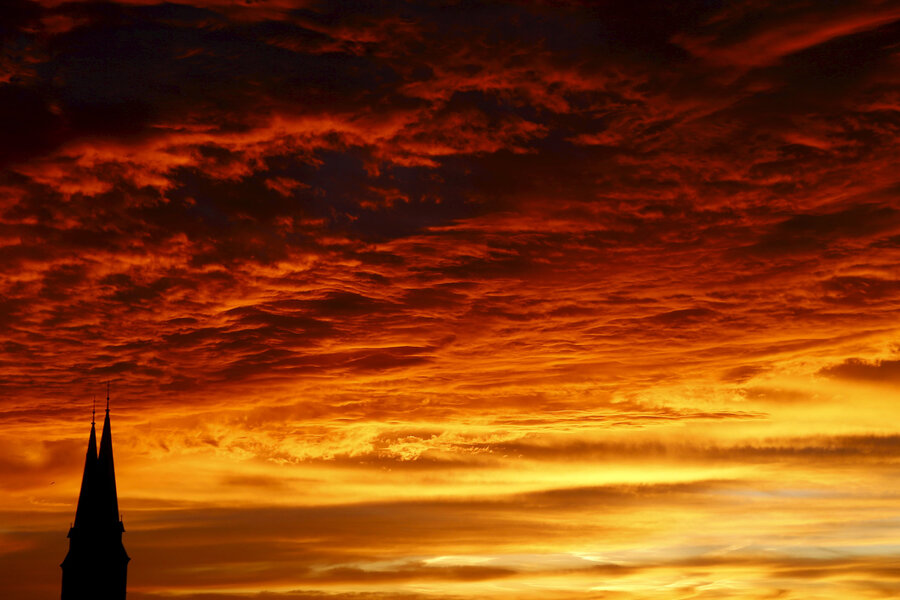World's warmest-ever November weather recorded
Loading...
New data from the National Aeronautics and Space Administration (NASA) indicates that this November was the warmest since recording temperature data began in the 1880s. It was also about 1.9 degrees Fahrenheit warmer than the 1951-1980 baseline average.
While 2014 is currently on record as the warmest year ever recorded, this and other recent data puts 2015 on track to top that. Independent assessments from both NASA and the Japan Meteorological Agency, which tracks the increase in global temperature, determined that October 2015 was even hotter than October 2014 by between 0.32 and 0.34 degrees.
These findings will no doubt come as a concern in light of the recent Paris climate talks, in which 196 countries ratified to “[Hold] the increase in the global average temperature to well below 2 degrees Celsius above pre-industrial levels and to pursue efforts to limit the temperature increase to 1.5 degrees Celsius above pre-industrial levels.”
However, some climate experts debate as to whether 1.5 degrees is a scientifically realistic target. They contend that it could be possible, but would require a very fast, rapid decline in global emissions.
"For 1.5 degrees, carbon emissions must reach zero by 2050," Bill Hare, founder and chief executive officer of Climate Analytics, a European think tank, told Yale Environment 360.
If the planet warms to 2 degrees Celsius, many small island nations that are either currently at or slightly below sea level, such as Malaysia, would be under greater threat from rising oceans. The European Union has said that it has not yet looked into the science and technology necessary to keep global emissions at or below 1.5 degrees Celsius, but is beginning to look into “negative emissions” technologies, including carbon capture and storage.
Some scientists debate whether such technologies would, in fact, prove effective at bringing global emissions down to or below the limit agreed upon in Paris.
“In the absence of negative emissions, staying below the 2 degree Celsius commitment demands levels of reductions in emissions far beyond anything discussed during the Paris negotiations,” Kevin Anderson, deputy director of the Tyndall Centre for Climate Change, told The Guardian.
The El Niño weather event, in which unusually warm temperatures form in the Pacific Ocean, is believed to be one of the strongest contributing factors to the current temperature highs, but as The Washington Post’s Angela Fritz notes:
“[The] Pacific Ocean wasn’t the warmest region of the globe in November — much of the warmth measured by NASA emanated from the Arctic, where temperatures were running anywhere from 4 to 10 degrees Celsius (7 to 18 degrees Fahrenheit) above average.”
In its annual Arctic Report Card for 2015, the National Oceanic and Atmospheric Administration (NOAA) determined that the Arctic has been warming much faster than any other region in the world for the second straight year in a row. The report found that Arctic sea ice levels are 7 percent below the 1981-2010 average.








